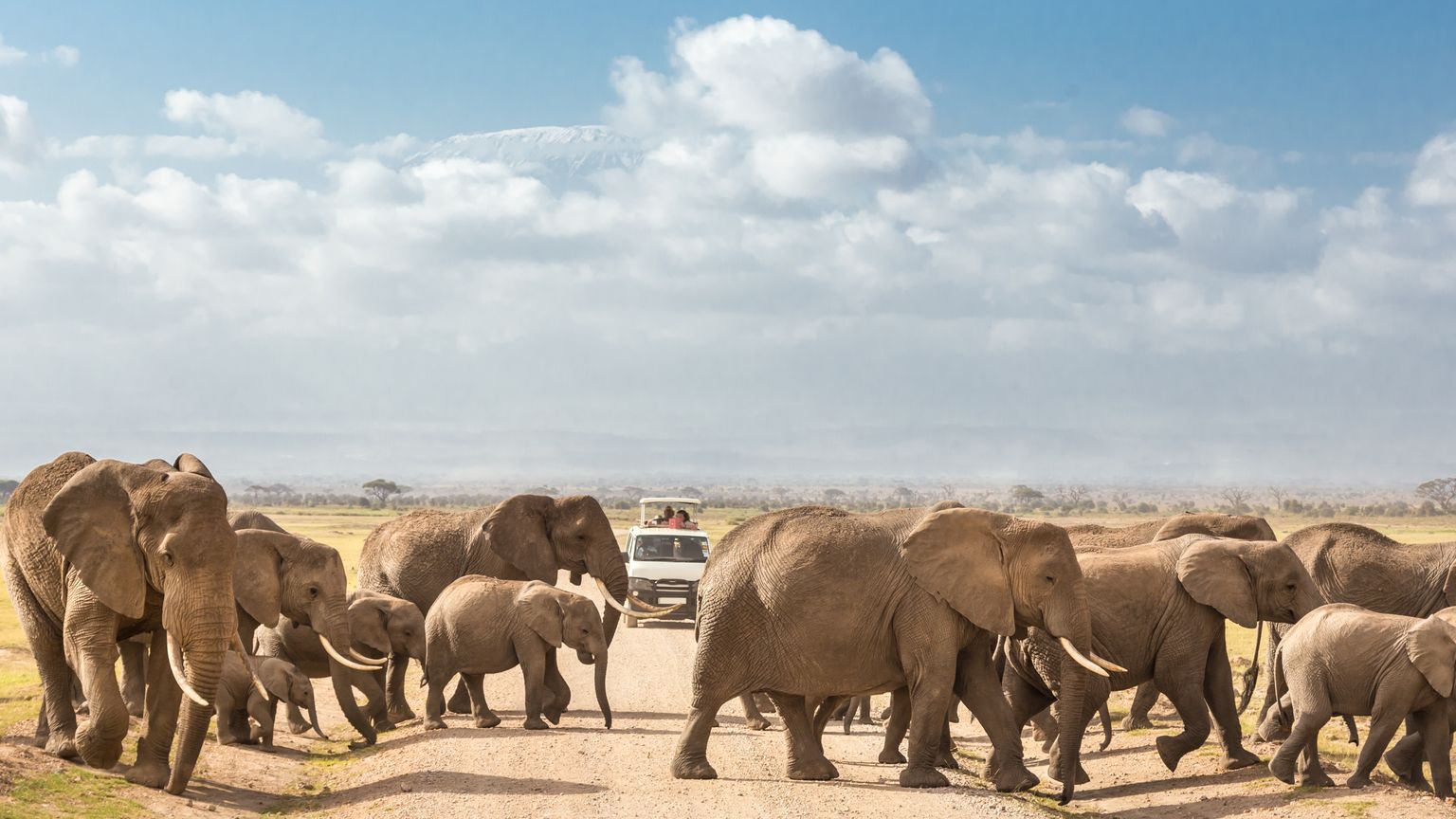Safari Travel Tip: The importance of the wildebeest migration
Safari enthusiast are always on the lookout for the Big Five—the lion, African elephant, Cape buffalo, leopard and rhinoceros—but the wildebeest deserve some love, too.

Safari enthusiasts are always on the lookout for the Big Five— lions, African elephants, Cape buffaloes, leopards and rhinoceros—but the wildebeest deserve some love, too. The annual wildebeest migration, which is happening right now, spurs the movement of many animals throughout the Serengeti and is an ideal time to visit Kenya and Tanzania for wildlife viewing.
What time of year is the wildebeest migration?
The timing of the Great Migration varies from year to year in congruence with the change of seasons, but it generally takes place in May and June at the end of the rainy season and then again months later at the start of the next rainy season.
Why do wildebeests migrate in large herds?
The Great Migration of wildebeests is followed closely by the movement of zebras and gazelles, as well as the many predators that hunt the wildebeest, including lions, leopards, cheetahs, crocodiles, hyenas and vultures. To protect themselves during the move, the wildebeest travel in a strategic herd. They are fast animals (peaking at up to 50 mph) and run in a cohesive group with the young at the center of the herd, protected by the elders along the perimeter. These smart creatures also have a defensive strategy for sleeping during the migration, taking turns to catch some rest while others stand guard.
Interested in learning more about safaris? Find more information on our safari tours and how we can help you plan your trip.
It all began on a school trip to London in 7th grade. Since that first jaunt across the pond, Laura has been hooked on all things travel (and British for that matter). When she's not at work using her words to help people find their own adventures, she can be found running 5ks, refining her cribbage game, or rewatching The Office for the 100th time.


















)















































































